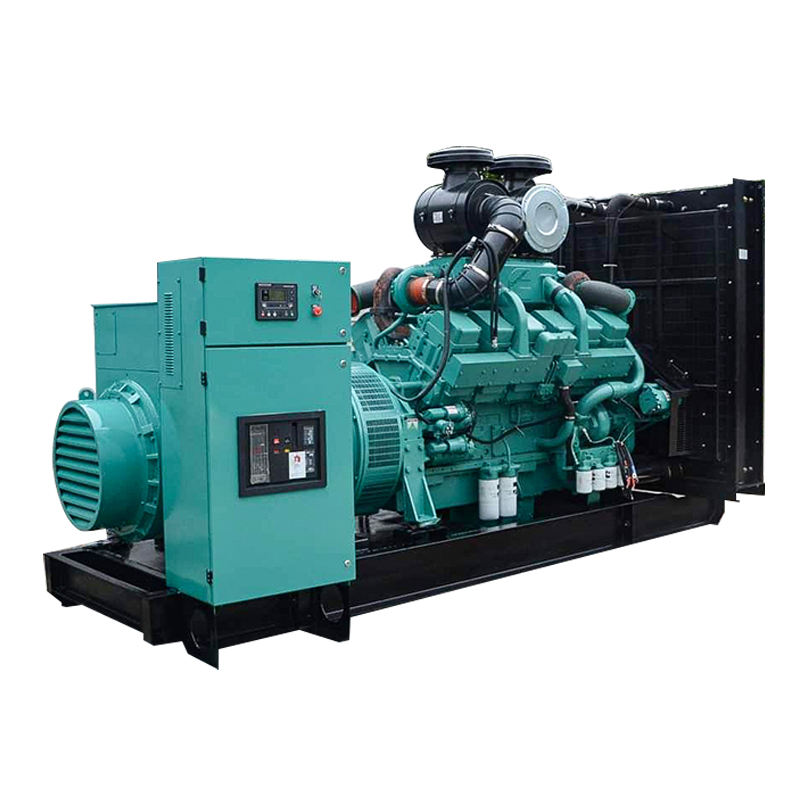Introduction: The Importance of Weatherproofing
Have you ever wondered what happens to your generator set during extreme weather conditions? As it turns out, your generator is vulnerable to the elements, and without proper weatherproofing, it may not function when you need it most. To ensure your generator set's longevity and performance, it's crucial to implement weatherproofing strategies that provide year-round protection.
Assessing Your Generator's Weatherproofing Needs
Before diving into weatherproofing solutions, it's essential to understand your generator's specific needs. Here are a few factors to consider:
Climate Considerations
In my experience, the primary weather concerns for generator sets are exposure to moisture, extreme temperatures, and wind. Assessing the typical weather patterns in your area will help you prioritize weatherproofing measures.
Protecting Against Moisture
Moisture is a generator's worst enemy, as it can lead to corrosion, electrical issues, and decreased performance. To shield your generator from moisture:
- Invest in a weatherproof enclosure or canopy
- Elevate the generator to prevent water pooling
- Regularly inspect and maintain the generator to address any signs of moisture damage
Choosing the Right Enclosure
When selecting a weatherproof enclosure, consider factors such as material, size, and ventilation. Many experts agree that metal or polycarbonate enclosures offer the best protection, as they are durable and resistant to corrosion.
Safeguarding Against Extreme Temperatures
Both high and low temperatures can negatively impact your generator's performance. To protect your generator from temperature extremes:
- Insulate the enclosure to maintain a consistent internal temperature
- Install a cooling system for hot climates
- Use a cold-weather kit in regions with freezing temperatures
Insulation and Cooling Techniques
Interestingly enough, insulation and cooling techniques can significantly improve your generator's efficiency in extreme temperatures. Common insulation materials include foam panels, blankets, and reflective barriers.
Securing Your Generator Set Against Wind
High winds can damage your generator or cause it to tip over, leading to costly repairs or replacement. To secure your generator against wind:
- Anchor the generator to a concrete pad or secure it with heavy-duty straps
- Place the generator in a sheltered location, if possible
- Consider using wind deflectors to reduce wind force
Conclusion: Ensuring Your Generator's Longevity and Performance
In conclusion, weatherproofing your generator set is essential to ensure its longevity and performance during all seasons. By implementing the protection strategies outlined in this article, you can shield your generator from moisture, extreme temperatures, and wind, giving you peace of mind and reliable power when you need it most.
Next Steps
Now that you're equipped with practical weatherproofing tips, take action to protect your generator set. Assess your generator's specific needs, choose the right weatherproofing solutions, and enjoy the benefits of a well-protected generator set.





